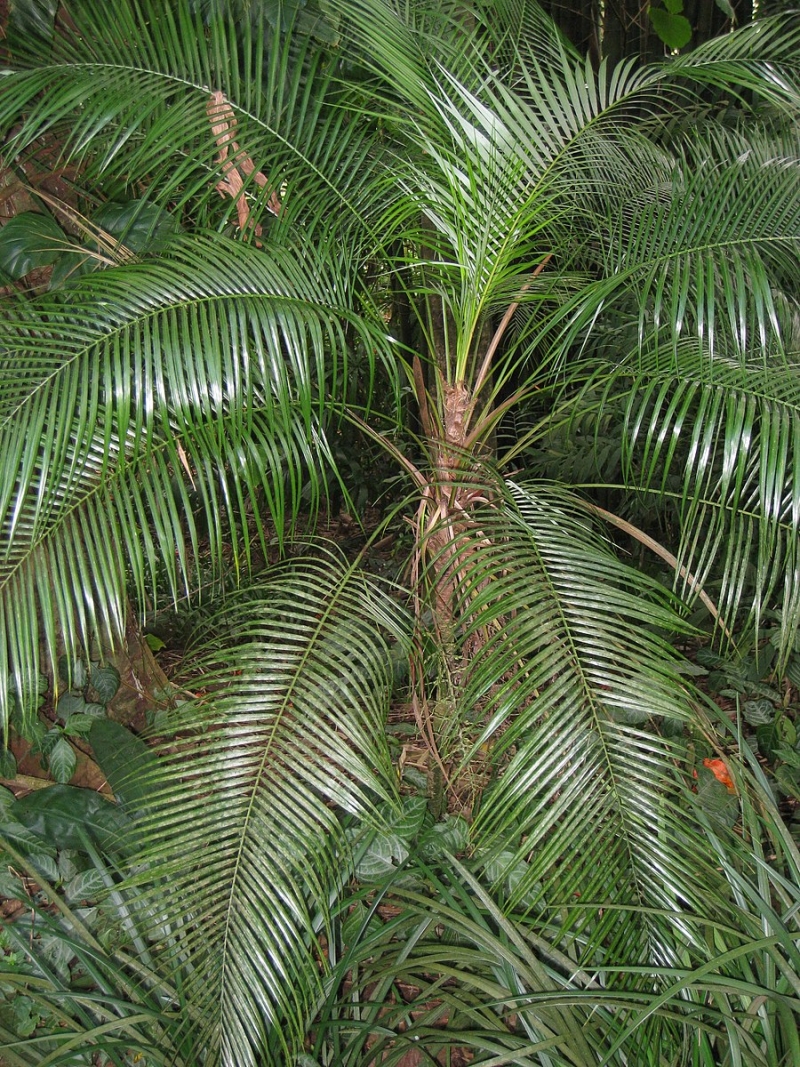

| synonyms | Lytocaryum weddellianum Cocos weddelliana Microcoelum weddellianum |
|
| height | 3–5ft | |
| width | 2–3ft | |
| tolerates | Cool Summers, Fog, Narrow Planting, Pots | |
| water needs |
Moderate | |
| water info |
Water this plant regularly, when the top inch or so of soil feels dry. If you establish this pattern over several years, then you can cut back to watering every week or two in dry weather. Use drippers, emitters, or a slow stream of water so that it doesn’t run off; allow the water to trickle all the way down through the deepest layers of soil. In a pot slowly water the entire surface until water comes out of the bottom of your pot. | |
| hardy to |
25F | |
| exposure | Full Shade – Part Sun | |
| indoor outdoor |
Outdoor | |
| drainage | In Ground: Cactus Mix, In Pots: Cactus Mix, Tolerates Sandy Soil | |
| fertilizing | Palm Fertilizer | |
| origin | S Brazil | |
| california native |
No | |
| sunset zones |
16, 17, 21–24, H2 |
Full Sun
Six or more hours of sun beams directly landing on the plant's leaves.
Part Shade
Three to five hours of sun beams directly landing on the plant's leaves.
Part Sun
One to two hours of sun beams directly landing on the plants leaves.
Full Shade
The plant is never fully lit by sun beams,
but is in a bright spot or has dappled sunbeams playing over the leaves throughout the day.
Deep Shade
The plant never has dappled light on the leaves, and is in a place that feels dim, even on a nice sunny day.
